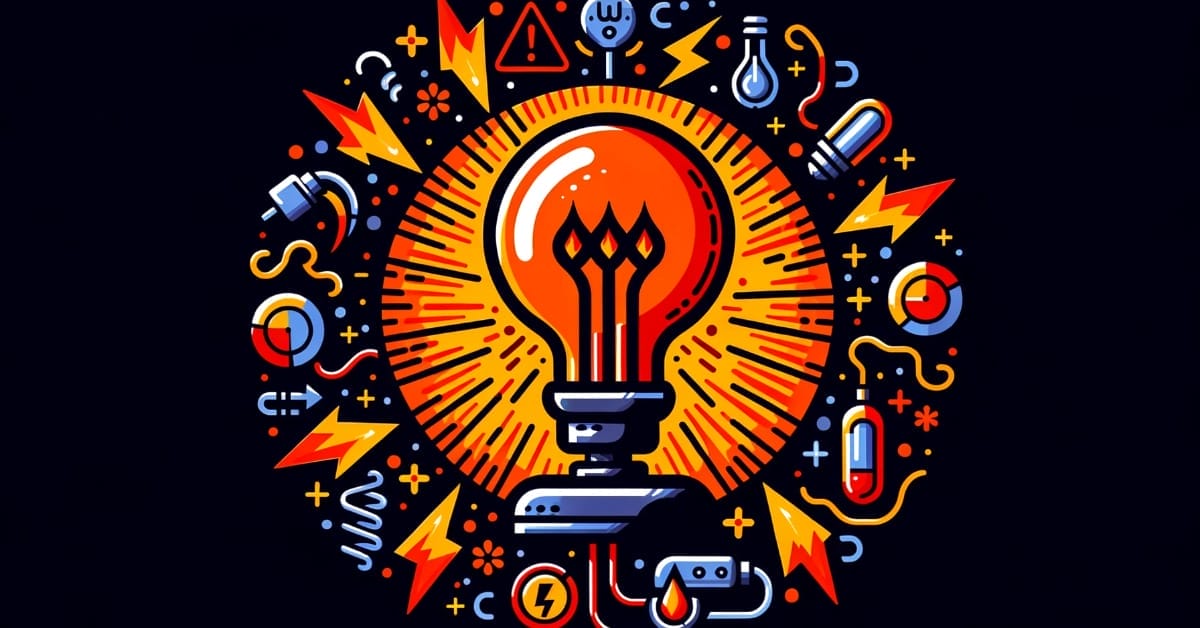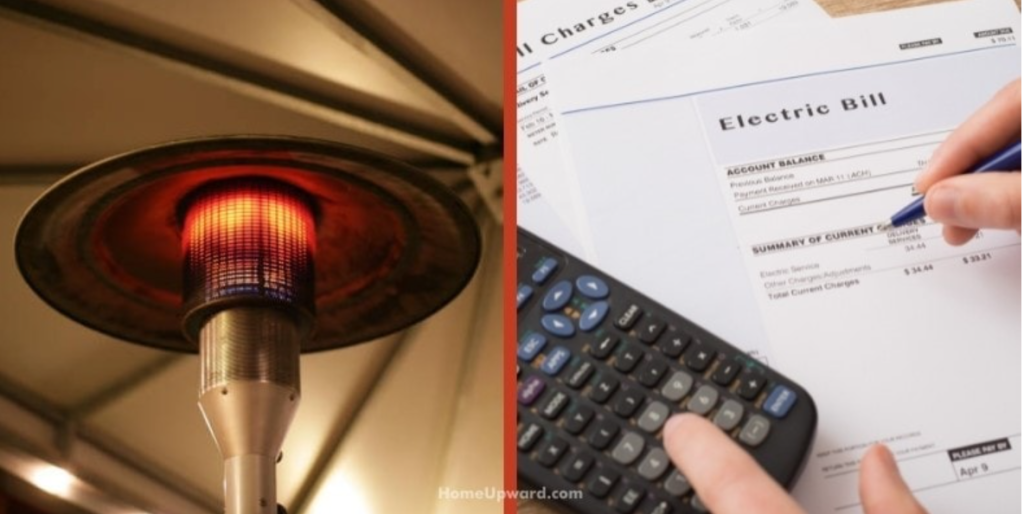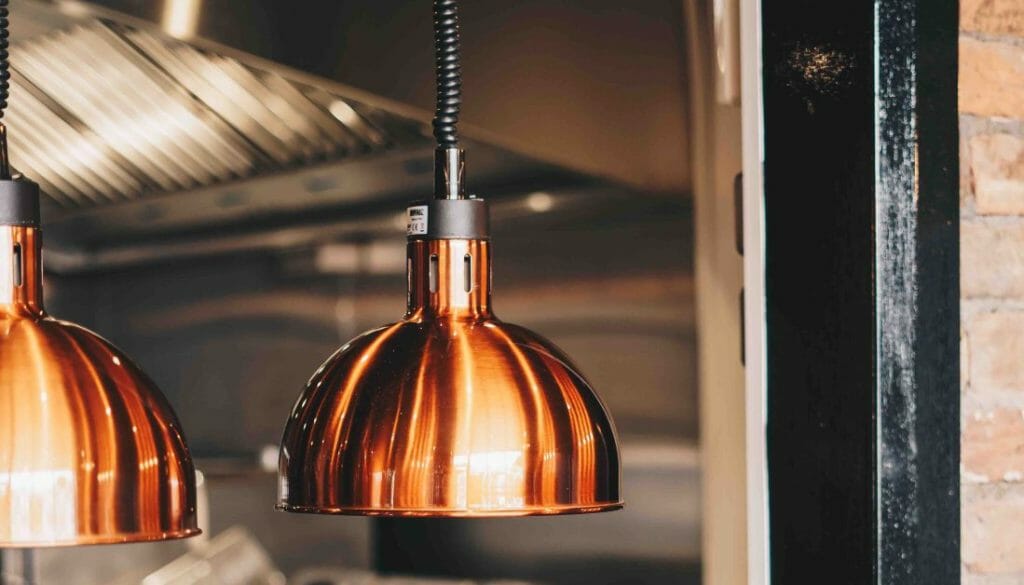Do Heat Lamps Use a Lot of Electricity?

Many people think that heat lamps use a lot of electricity, but is this the case?
Heat lamps are a type of light bulb called an incandescent bulb. They’re made to produce as much warmth as possible through infrared radiation, mostly called infrared lamps, infrared heaters, or IR bulbs.
In general, most heat lamps are between 125-250 watts. Most companies charge about 12 cents per kilowatt-hour for electricity (kwH). If we do the math, we can figure out that a 250w heat lamp running 24 hours a day for 30 days would cost $ 21.60 in electricity. These numbers mean that, yes, heat lamps do use a lot of electricity, but they are comparable to a TV’s energy usage.
We will go into more detail below.
What Wattage/Energy Does a Heat Lamp Use?
The easiest way to figure out how much energy a heat lamp or any light bulb has consumed is to check your power bill and see how much they charge you per kilowatt hour (kWh).
After getting this information, you can look at the light bulb’s packaging or right on the light bulb itself to see how many watts it has.
Most of the time, it’s a number with a W after it. (Don’t worry about the “40-watt equivalent” comparison watts).
Once you’ve found the bulb’s wattage, you’ll need to change it to kilowatts. Cut this number in half. Most of them are 200-250 watts.
Is It Expensive to Heat Lights?
The wattage of heat lamps is higher than that of other light bulbs. But they are relatively energy-efficient because they don’t use up much power. But because these lamps give off more heat than other bulbs, they use a little more electricity.
Cost Estimates for Heat Lamp Electricity
Most companies charge about 12 cents per kilowatt-hour for electricity (kwH). If we do the math, we can figure out that a 250w heat lamp running 24 hours a day for 30 days would cost $ 21.60 in electricity.

That would mean that a 250-watt heat lamp would cost around 182.5kWH $0.11855/kilowatt-hour = $21.64 per month to run on electricity.
How Much Heat is Emitted from a Lamp?
The energy used by fluorescent bulbs is 75% less than that used by incandescent bulbs. The incandescent bulbs heat from the metal filament, heated to about 4000 Farads in a glass of inert gas. 90–98% of the energy from incandescent light bulbs comes from the heat they give off.

This percentage, however, depends on the flow of air around the bulb, the bulb’s shape, and the bulb’s material. For example, a typical 100-watt bulb can get as hot as 4600F on the inside, while the temperature outside the bulb ranges from 150F to 250F.
Heat Lamps Use How Much Energy?
The energy used depends on how much power the bulbs use and how well they work. The efficiency of a light bulb helps figure out how much energy it turns into light and heat and how much goes to waste. The following table shows how well different bulbs work:
- LED light bulb-15% ɳ
- Incandescent light bulb-2.6% ɳ
- Fluorescent light bulb-8.2% ɳ
You can see that LED bulbs are the least energy-efficient, while incandescent bulbs are the most energy-efficient.
How Does a Heat Lamp Work?
Learning how a heat lamp works is the same as knowing how a regular light bulb works. A capsule of inert gas holds a thin tungsten wire (filament) that acts as an electrical resistor. It gets hot and glows when electricity flows through it, giving off both light and heat.
But bulbs sold for heating are different from regular incandescent bulbs in several important ways:
- They are often made to run on stronger currents than regular light bulbs, which makes them heat up more.
- Most light bulbs have a 100W limit. This is usually at the lower end of the range for IR heaters, which generally go up to 2kW or more.
- Lighting isn’t usually the main selling point. Their light output could be limited on purpose so they can warm up more. Filters or reflectors are often used to help focus the heat radiation. (1, 2)
- Materials that are stronger than those used for lower-wattage bulbs are used. Heavy-duty filaments and ceramic bases are two common examples. These can help keep the housing from blowing out or melting when there are a lot of currents.
Take a look at some of our related articles below.
References
(1) warm up – https://www.womenshealthmag.com/fitness/
g26554730/best-warm-up-exercises/
(2) help focus – https://www.healthline.com/health/mental-health/how-to-stay-focused
